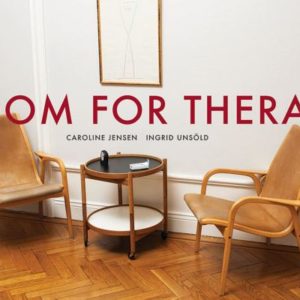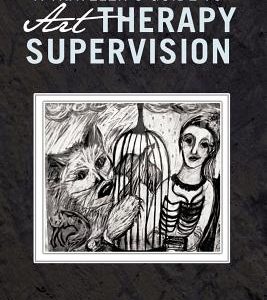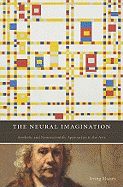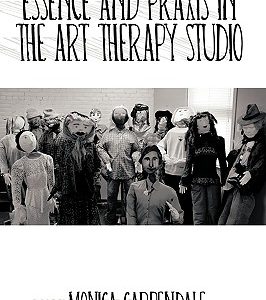Death at an Early Age and the Urban Scene: The Case for Memorial Murals and Community Healing
$57.60
Description
While crime is down around the country, many inner city youth continue to die as a result of violence, drugs, AIDS, and other causes. In response to the deaths of its young members, many urban communities paint memorial murals to pay homage to the deceased and express the grief of an entire community. Here, Delgado explores the use of memorial murals for counseling the bereaved friends and family members of urban youth whose lives were cut short. He proposes that employing such approaches can help a community address the problems inherent in their societies while remembering and celebrating the lives of their most vulnerable members.
Delgado begins by reviewing the key concepts and practice principles that are essential in any form of urban community social work practice. He details the incidence and nature of the phenomena of death at an early age, and describes the cultural aspects of grief and bereavement in general and as they pertain to the urban communities he observes. Throughout his discussion of the use of memorial murals in social work practice, he provides case studies about real communities and the ways in which they have used the murals to work through the grieving process. The book concludes with a framework and theoretical model for social workers who work with urban populations. This unique work addresses a common urban issue in the context of healing and outreach in a way that will especially appeal to social workers, community leaders and organizations, psychologists, urban sociologists, and students and scholars interested in the ways people deal with death and dying.
Author: Delgado, Melvin
Topic: Politics / Current Events
Media: Book
ISBN: 027596924X
Language: English
Pages: 200
Additional information
| Weight | 0.98 lbs |
|---|---|
| Dimensions | 9.58 × 5.98 × 0.77 in |















Reviews
There are no reviews yet.